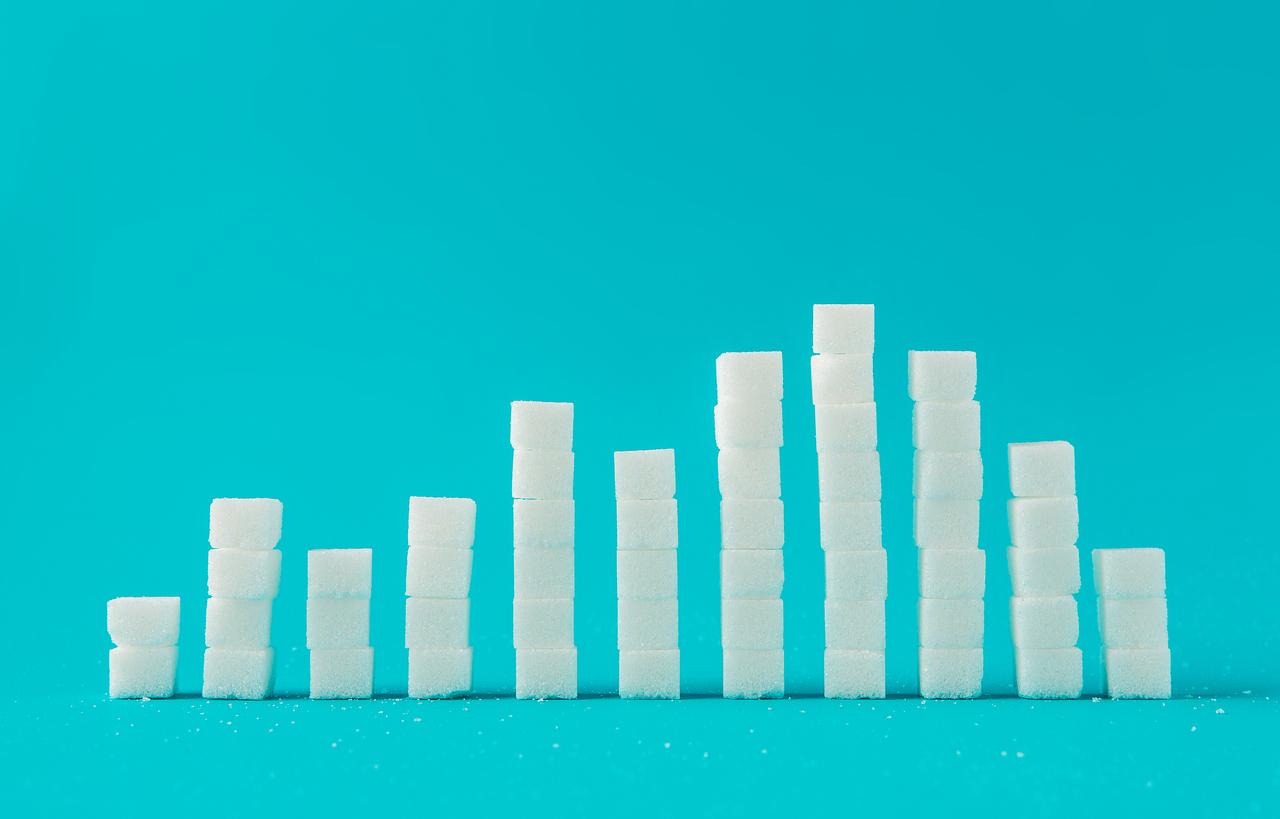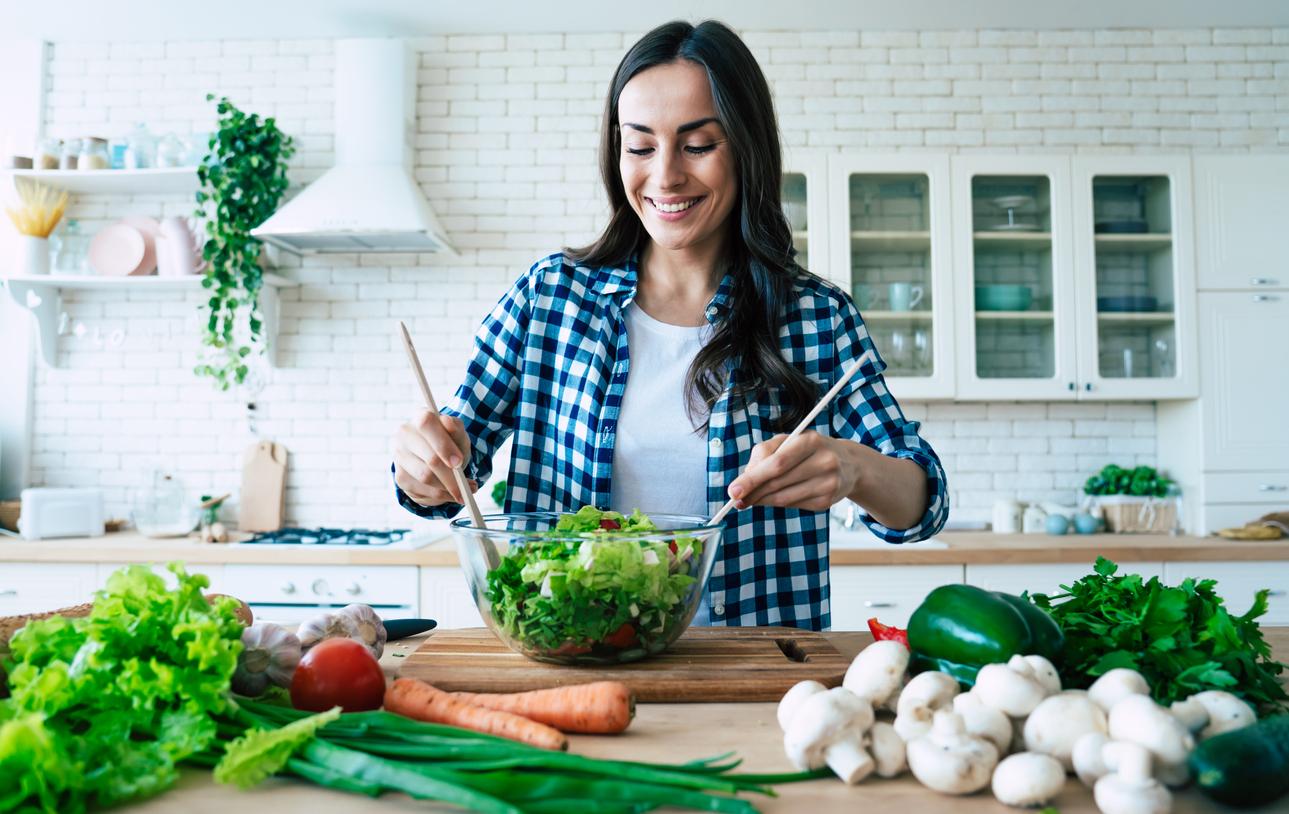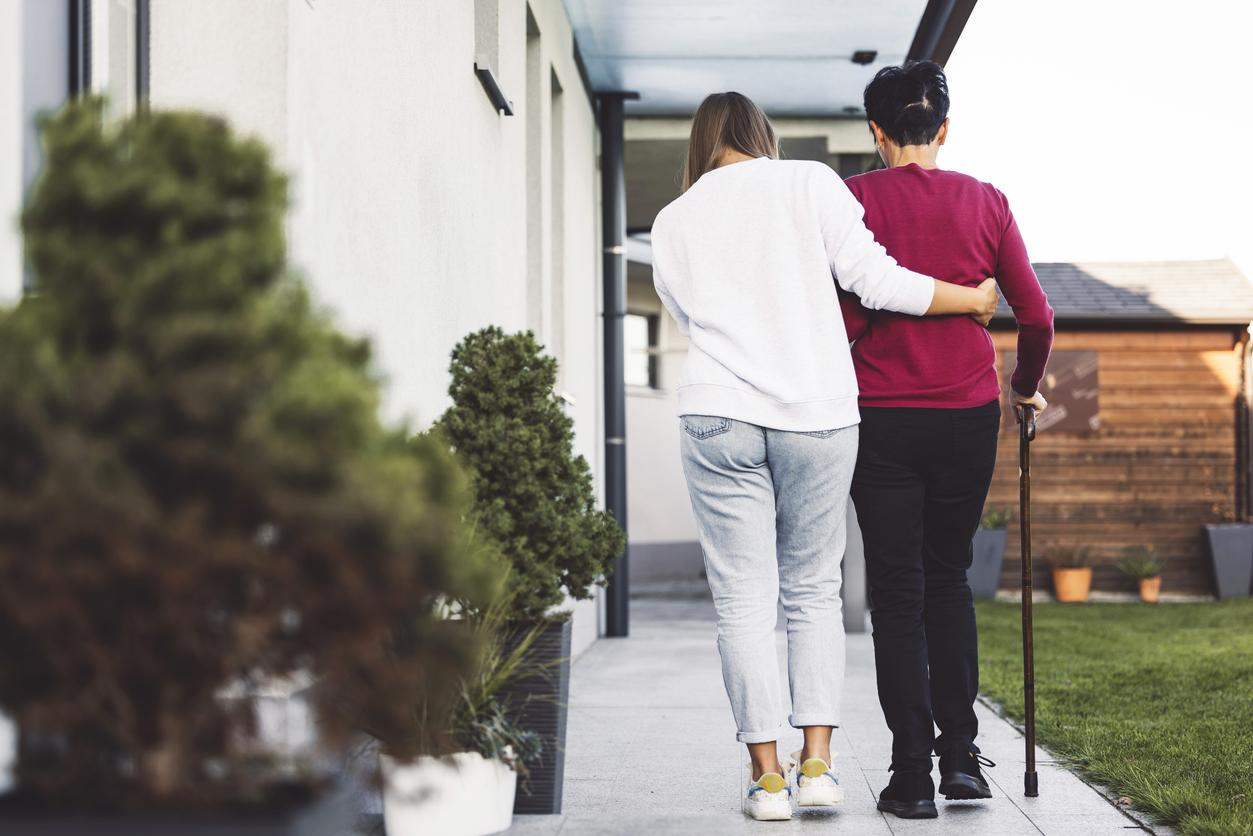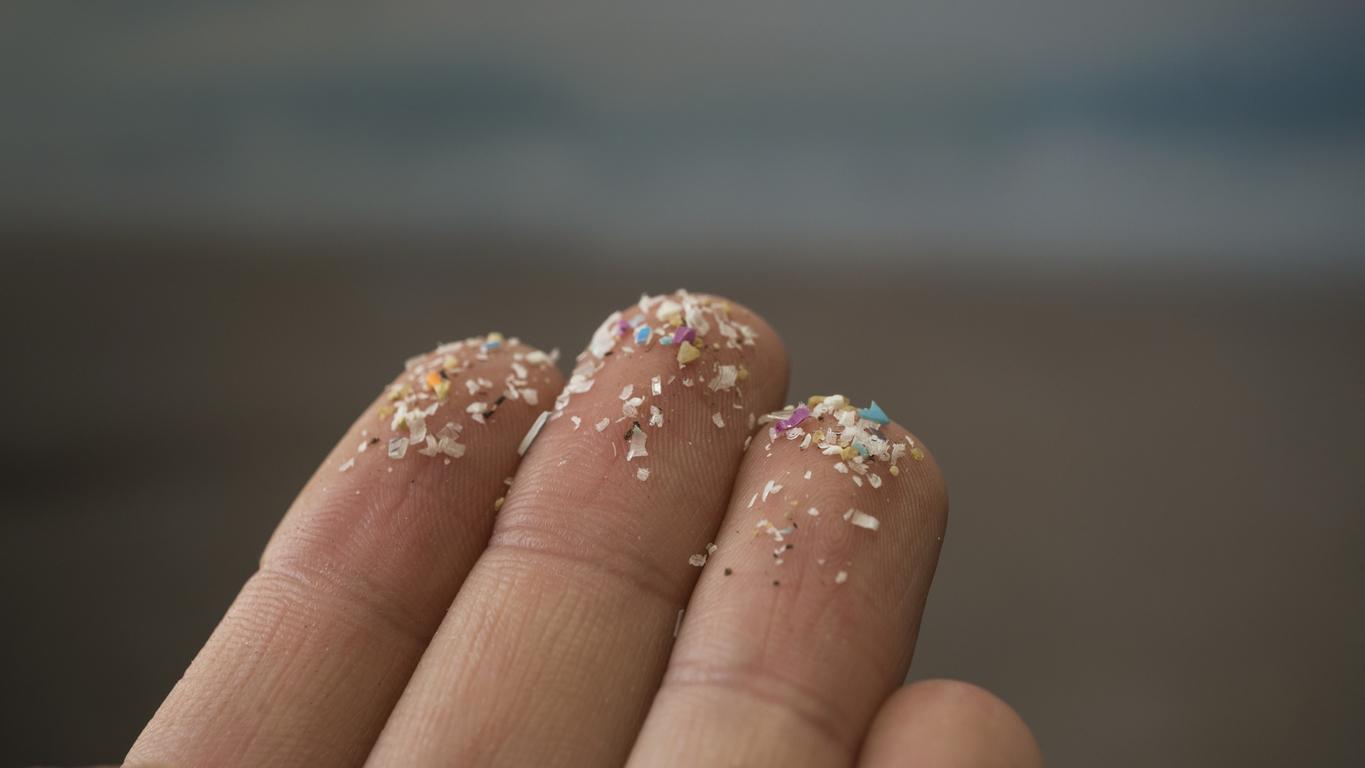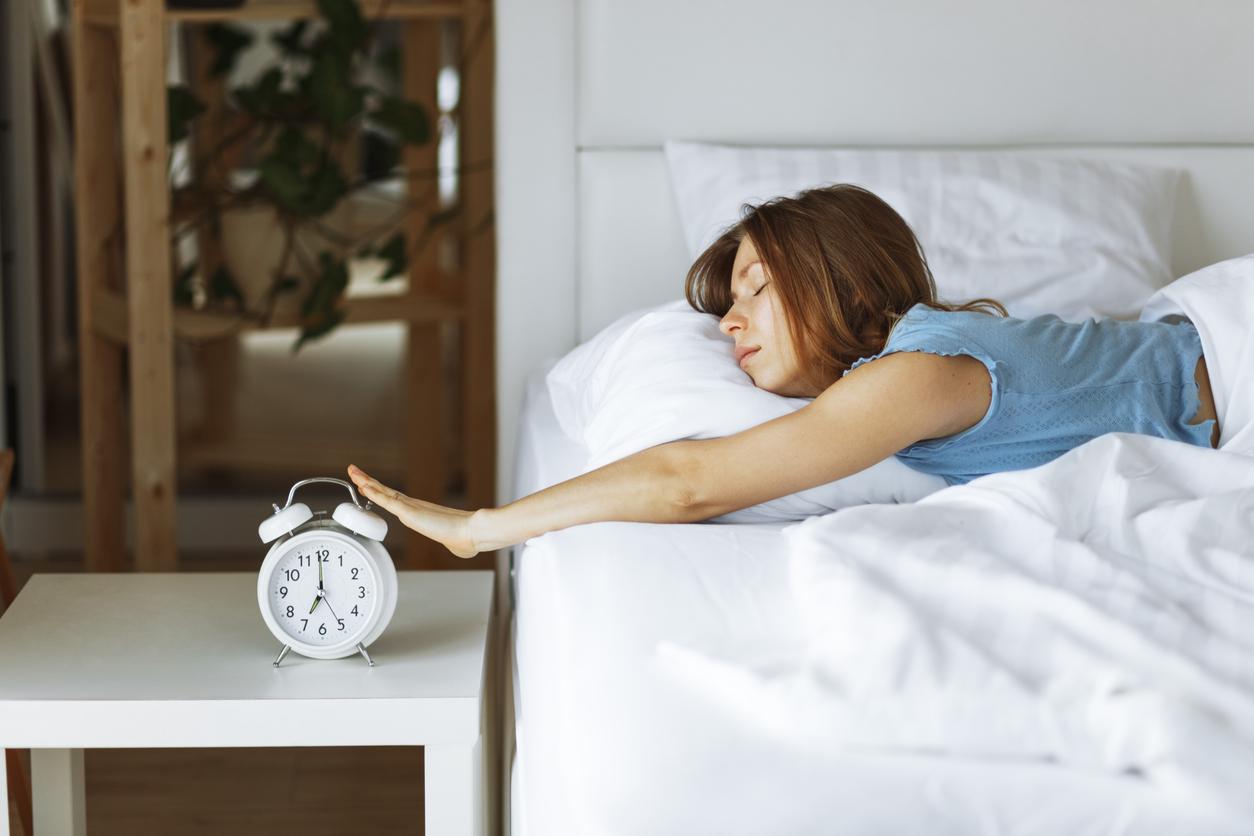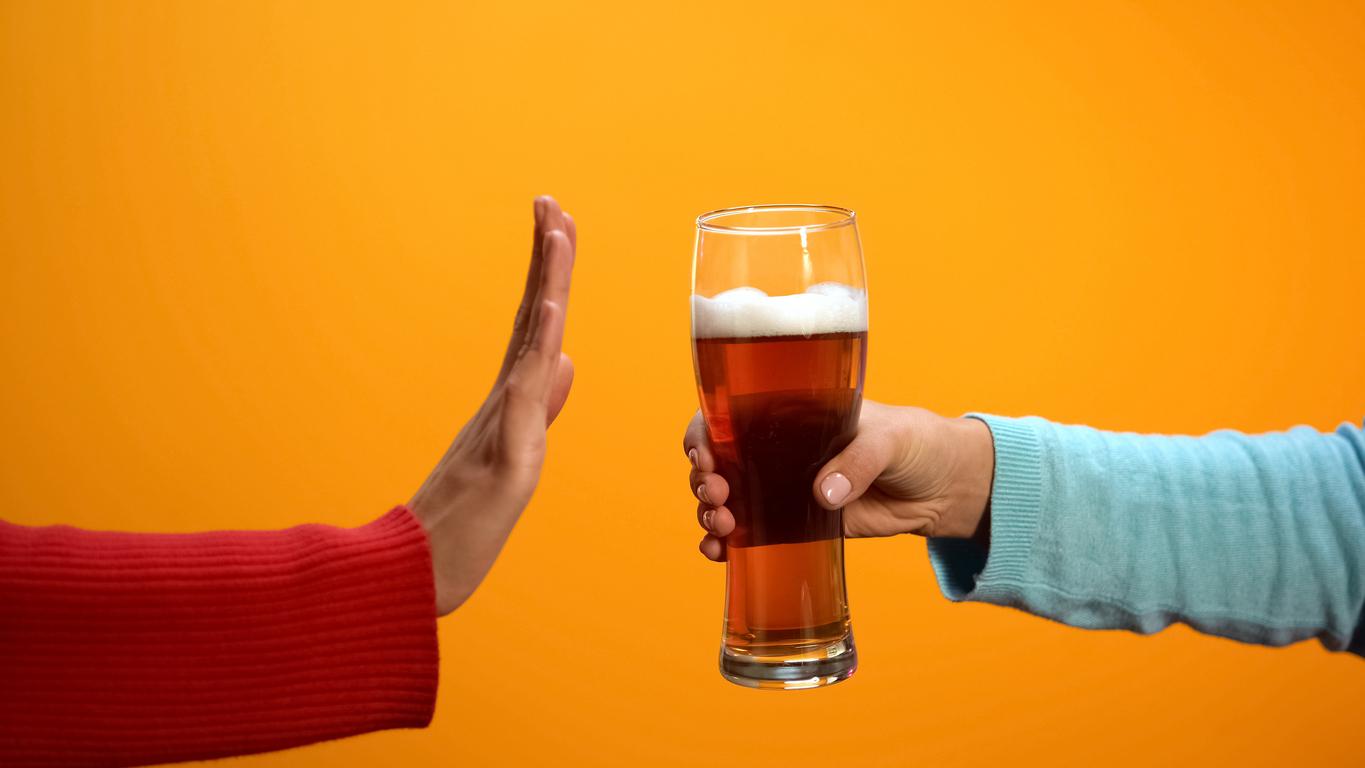
February 26, 2010 – Whether green, black or white, whether Chinese, Japanese or Indian, tea contains diverse health properties in each infusion.
This is what emerges from a laboratory analysis of 35 kinds of tea, the results of which are published in the book Tea: history, terroirs and flavors1, on behalf of the Camellia Sinensis Tea House, of Montreal.
The teas analyzed come from 5 of the main tea families: green, black, white, Wulong and Pu Er.
The particularity of this study?
Generally, studies of the properties of tea are based on analyzes made from the dried leaves of tea. However, it is to the content of the drink resulting from the infusion that the study of Camellia Sinensis was interested. We therefore measured the content of antioxidants, catechins and caffeine (or theine) in each infusion.
“Our results reflect what can be found in your cup at home,” explains Hugo Americi, tea taster for Camellia Sinensis and co-author of the book.
Antioxidants: which teas contain the most?
A first test carried out on the 35 kinds of tea made it possible to identify one generality: the concentration of antioxidants increases with the temperature of the infusion. Thus, a tea infused at 95 ° C will be richer in antioxidants than if it is infused at 85 ° C. However, water boiling at 100 ° C seems to decrease the antioxidant power of tea, in some cases.
Secondly, the study compared the antioxidant power of certain infusions with that of juice known to be antioxidative.
Thus, in equal amounts (250 ml), the green tea with the greatest antioxidant power – Matcha Sendo, from Japan – is located between red grape juice and strawberry juice.
Chinese Long Jing Shi Feng green tea is equivalent to strawberry juice and slightly superior to cranberry juice.
Chinese green tea Anji Bai Cha is compared to a tomato or vegetable juice.
|
5 teas rich in antioxidants (for 1 infused 250 ml cup)2 |
||||
|
Kind of tea |
Family |
Origin |
Weight |
Concentration |
|
Matcha Sendo |
Green |
Japan |
1.5 g |
3,775 umoles |
|
Lu An Gua Pian |
Green |
China |
3 g |
2,500 umoles |
|
Sencha Keikoku |
Green |
Japan |
5 g |
2,375 umoles |
|
Long Jing Shi Feng |
Green |
China |
5 g |
2,200 umoles |
|
Anji Bai Cha |
Green |
China |
5 g |
1,800 umoles |
Catechins: the “anticancer” power
The study also measured the specific content of certain antioxidants – such as catechins – in teas. Catechins are part of the polyphenol family and are known for their anticancer properties.
In general, black teas contain less catechins than green teas since they undergo oxidation in their transformation process.
According to the study, the green teas with the highest catechin concentration are Matcha Sendo (Japan), Long Jing Shi Feng (China), Anji Bai Cha (China) and Kamairicha (Japan).
Caffeine: teas that keep you awake
Generally speaking, green teas and black teas contain more caffeine than others.
“But to our surprise, teas from the same family and grown in the same region, at the same altitude and at the same time of year have properties that differ greatly,” says Hugo Americi.
Even more, some teas known to be high in caffeine contain little when brewed, such as Assam Banaspaty and Yunnan Hong Gong Fu black teas.
The study points out that in general, the caffeine concentration depends on the duration of the infusion and the temperature of the water. So much of the caffeine is released from the leaves within the first 3 minutes of brewing, but it continues even after 6 minutes. And caffeine is released more at 95 ° C than at 85 ° C.
|
5 caffeinated teas (for a 250 ml infused cup)2 |
||||
|
Kind of tea |
Family |
Origin |
Weight |
Concentration |
|
Matcha Sendo |
Green |
Japan |
1.5 g |
126 mg |
|
Darj. Sungma First Flush Dj-2 |
Black |
India |
5 g |
58 mg |
|
Xue Ya |
Green |
China |
5 g |
50 mg |
|
Tai Ping Hou Kui |
Green |
China |
5 g |
50 mg |
|
Bai Hao |
Wulong |
Taiwan |
5 g |
49 mg |
“Overall, the results tell us that tea still has many surprises to deliver,” we conclude in Camellia Sinensis’s book. When choosing a tea, the amateur should opt for a taste approach based on his personal preferences, to leave room for the pleasure of the senses: for each tea, a thousand pleasures, a thousand remedies! “
|
Some practical advice * Choose your tea depending on what you are looking for: taste, aroma, acuity of the senses, arousal or relaxation, antioxidant properties, etc. Ensure the freshness of the tea: after 1 year, the taste fades greatly (but not the health properties). Water to boil should be pre-filtered (with a charcoal filter, for example) to maximize the taste of the tea. Bottled water is preferred over tap water, which often tastes of chlorine. To boil the water, use the kettle rather than the microwave oven, in order to better control the temperature. For this purpose, a small thermometer can be useful. The choice of the teapot is a matter of personal taste. You can opt for a terracotta, cast iron, ceramic or porcelain teapot. Preparing tea. When pouring hot water over the tea, lift the kettle high enough above the teapot so that the water creates pressure on the tea leaves. This maneuver oxygenates the tea and slightly enhances the taste, in addition to cooling the water a few degrees. * These tips were given by Hugo Americi, taster for the Camellia Sinensis Tea House, during an interview with PasseportSanté.net. |
Martin LaSalle – PasseportSanté.net
1. Root J, et al, Tea: history, terroirs, flavors, Camellia Sinensis tea house, Éditions de l’Homme, 2009.
2. All the teas were infused in a teapot, in 500 ml of water, except the Matcha Sendo which was whipped in a bowl containing 100 ml of water.









